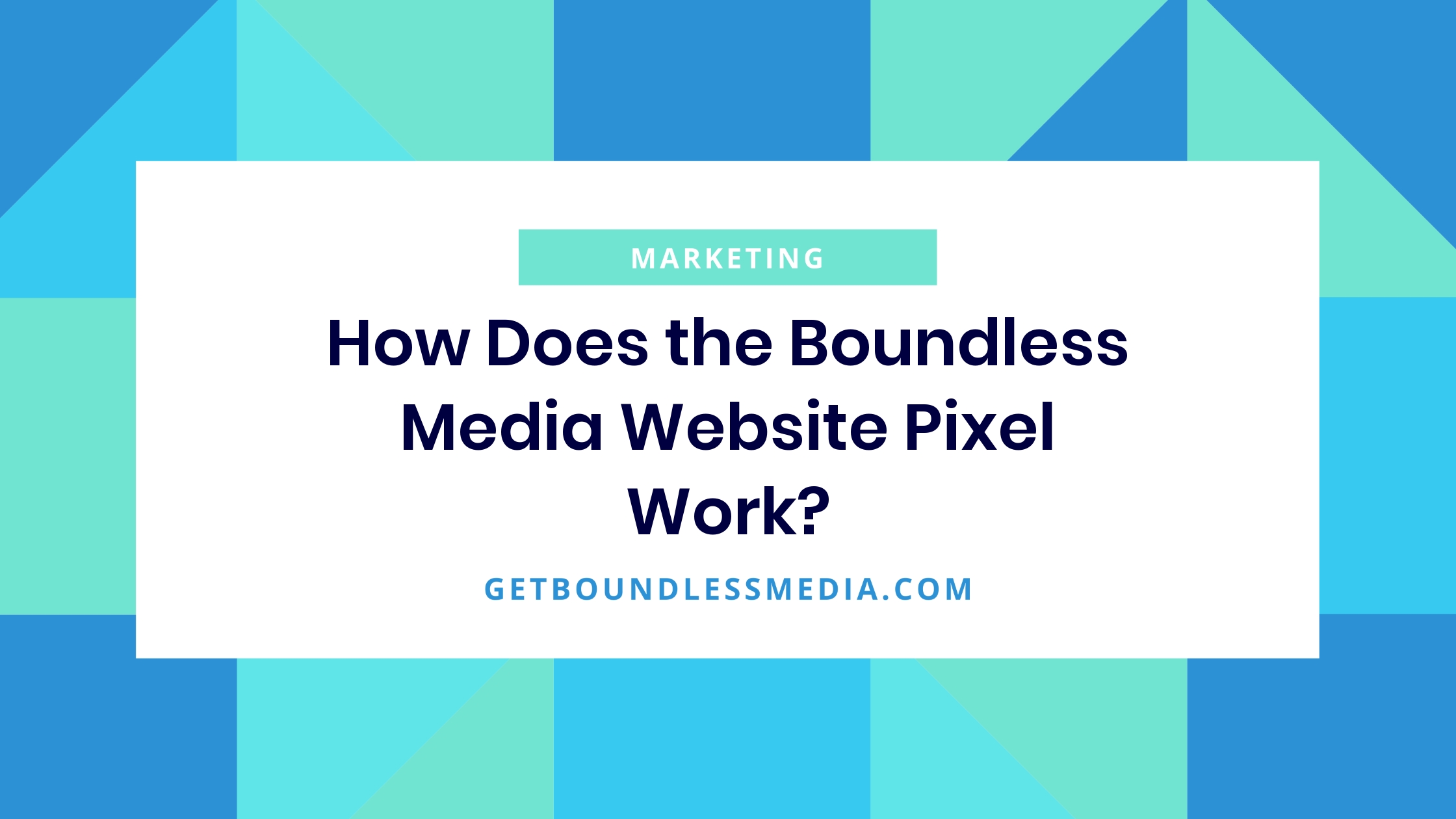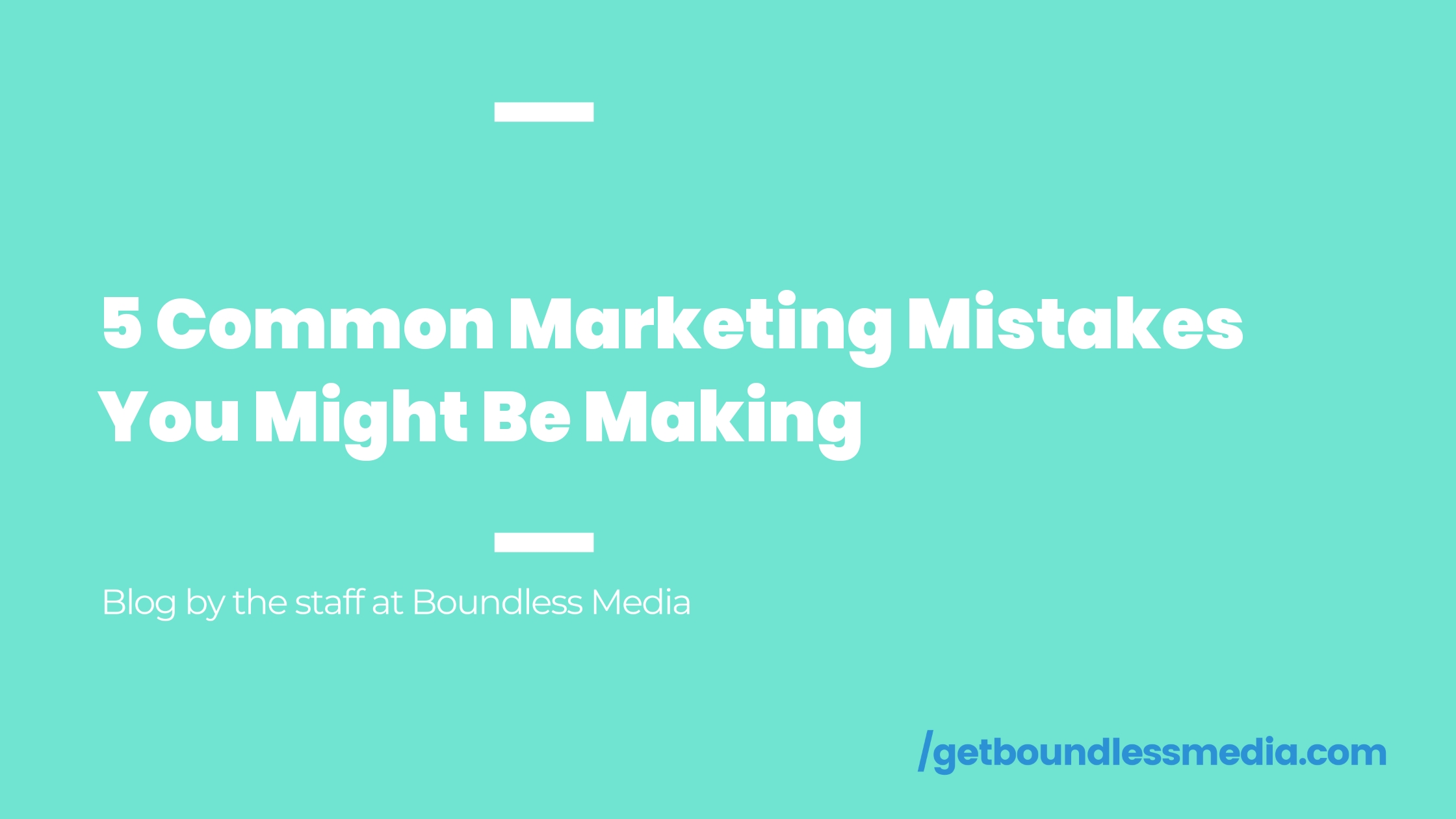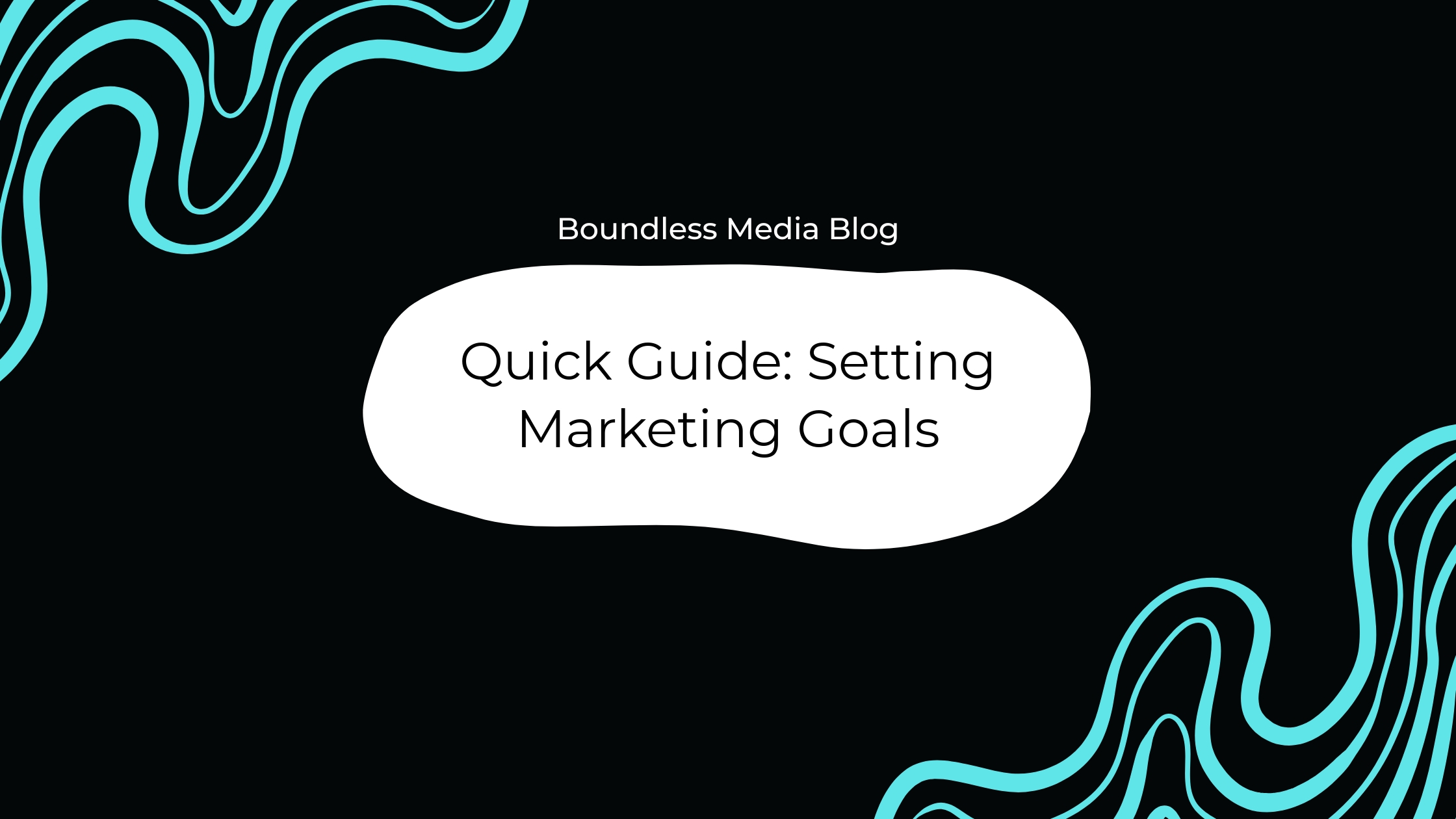
How Does the Boundless Media Website Pixel Work?

You have visitors coming to your website, but 97% of them aren’t converting. What do you do? Google Analytics and other similar platforms will often tell you that those 97% of visitors aren’t converting, but they won’t tell you who the visitors are, leaving you with no actionable insights. That’s why we developed a website pixel that solves this problem. Our web pixel provides you with all the info you need about your website visitors, allowing you to connect with them and help them convert. In this blog post, we’ll discuss the website pixel and how it works to help get you more sales for your business.
The problem with current analytics is that you receive website visitors through paid and organic methods, and only around 3% of those visitors, on average, will end up converting. Converting can mean anything from filling out a contact form to booking a call on your calendar. Conversion goals will vary depending on various factors. With 3% of web visitors converting, that leaves 97% of visitors not taking any further action to learn more. Without a web pixel in place, you have no idea if those 97% of people are still interested in your product or not. An issue with using Facebook or Google Analytics is that you don’t own the data. So, if you wanted to retarget website visitors, you would have to use the Facebook or Google platform to do so.

Because the data you get from current analytics platforms is not specific, it isn’t actionable. By not knowing each website visitor’s first name, last name, email address, or phone number, there’s no way to know who they are. You might be able to see what they did on your website, but without knowing who they are, you can’t effectively retarget them or put them in an outbound campaign.
So, how does our website pixel gather the data of lost website visitors and turn them into leads? Our pixel sits in between Facebook & Google Analytics and the end user. The pixels can tell you exactly who people are on your website and their behavior. This allows you to do something actionable with the data you collect.
You can use the information you receive about your website visitors to email them, connect with them on social media, retarget them with ads, and so much more. Since you control the data, you control the platform you use to connect with your leads. This freedom allows you to choose a retargeting method that works best for you and your niche.
There are a lot of people that come to your website that aren’t great fits for your service or product. There are many reasons for this, but some common ones are they are your competition, or they’re looking for a job instead of looking to buy. This is why learning how to score the leads on your website is so important. The best way to do this is to figure out where the most profitable people come from, what they do on the website, and how to get more of those types of people.
For example, eCommerce brands might care how many pages people visit while on their site or how long people spend on specific pages. Another company might care more about specific pages visited and the location of each visitor. After you decide what’s most important to you, you can separate the data into warmer and colder leads.
If you don’t have a way to take this data and turn it into new business, it’s a wasted asset. So, let’s look at how to turn these lost leads into meetings. First, you need to pick a retargeting method. The most common methods we suggest are direct ads, outbound, or a combination of both.
First, figure out what is the message you’re going to communicate:
- Figure out your opener
- Explain what your reason is for contacting them
- Include a very clear call to action
If you’re doing ads:
- If someone comes to your contact us form but doesn’t submit, you can use a Google or Facebook pixel to run an ad to the people who didn’t submit a form
- The extra data you receive from our pixel allows you to run hyper-custom ads through custom audiences
- You can focus your marketing budget on warmer leads
If you’re doing outbound:
- If a person lands on your contact form, you can directly email that person with a very simple message that gets straight to the point
- You can see what pages they spent the most time on and ask hyper-custom questions about those topics
- Having warmer leads means it will be easier to personalize your message
To do both (Warmer leads):
- You get a lead and know exactly who they are.
- Based on how you scored them, you know they are a lead that is likely to convert
- You can take that person and put them in a retargeting process, whether through Facebook or Google retargeting, email, or call them
Doing both (Colder leads):
- With colder leads, you can send them directly into an automated email drip campaign, LinkedIn drip campaign, or another automated process
- Over time the lead will warm up and is likely to convert
This process is perfect for businesses who already have a good flow of website traffic but need help figuring out who their visitors are and how to best contact them. If you’ve been looking for ways to get more solid leads from your website traffic, a website pixel could be a good solution for you! Contact our CEO and Co-Founder, Nico De Bruyn, at nico@getboundlessmedia.com to learn more and get started!
Get More Estimates Booked On Your Calendar



*Data summarized from all Home Services Verticals with average project values over $3,500






.svg)